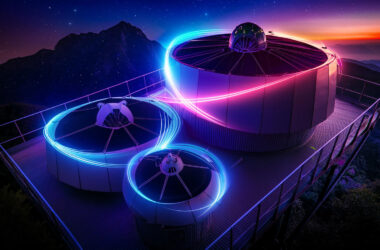James Webb Space telescope ‘Mid-Infrared Instrument’ (MIRI) has now reached its incredibly low operating temperature.
The US space agency NASA confirmed that the instrument – assembled in the UK – is now at a frosty -267C. This is just six degrees above absolute zero.
The MIRI camera and a spectrograph should be able to observe mid to long infrared radiation from 5 to 28 microns.
The reason the Mid-Infrared Instrument operates at this super low temperature is because it is the point where all atoms stop ‘jiggling’. That lack of interference from energetic atoms means that the telescope should be able to reveal a staggering amount of detail from the distant Universe.

MIRI, ( Mid InfraRed Instrument ), flight instrument for the James Webb Space Telescope, JWST, during ambient temperature alignment testing in RAL Space’s clean rooms at STFC’s Rutherford Appleton Laboratory, 8th November 2010.
Speaking to BBC News, the instrument’s British co-principal investigator, Prof Gillian Wright explained that “the cooldown process has been a validation of our thermal design [and] when you plan these things, you always have contingencies. There are ‘what ifs?’; how will you react if this happens or that happens? But it’s been done in a single, straight shot. It’s a really fantastic achievement.”
To allow mid-infrared observations within the JWST, the MIRI instrument required an additional cooling system.
It works in a similar way to how most refrigerators or an air-conditioner function – fluid is brought down to a cold temperature in the warm section, and sent back to the cold section where it absorbs heat, then it goes back to the condenser.
One source of heat is the left-over heat of the spacecraft, while the other is the spacecraft’s own electronics. These electronics are close to the actual instruments to process data from observations.
Most of the electronics are in the much warmer area of the spacecraft but some of the electronics needed to be much closer, which means the team behind the MIRI took great lengths to reduce the heat they produce. By reducing how much heat the electronics make on the cold side, then less heat needs to be removed.
MIRI’s frigid status will allow the Webb observatory to see the distant Universe in unprecedented detail.








